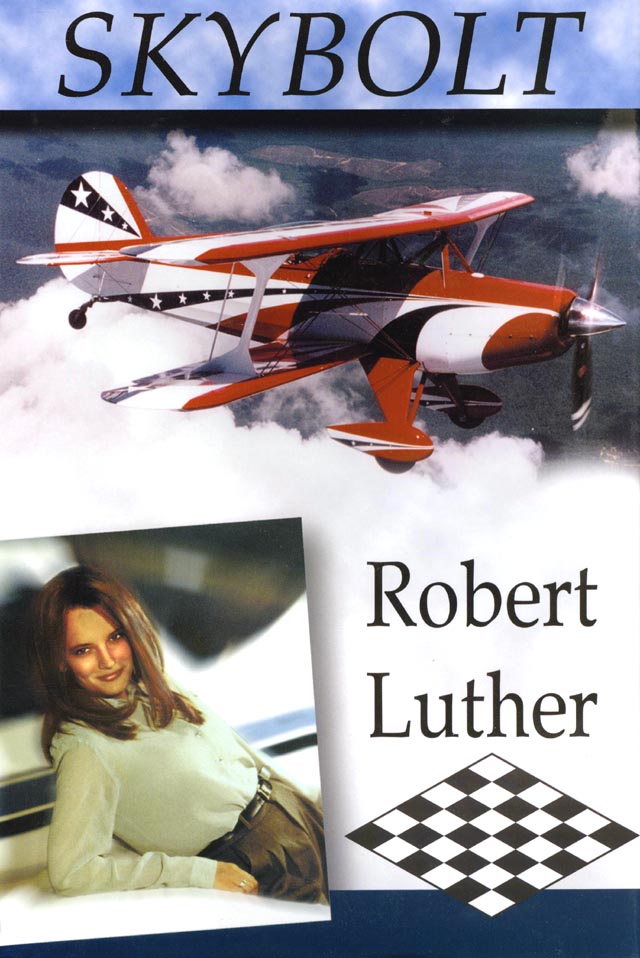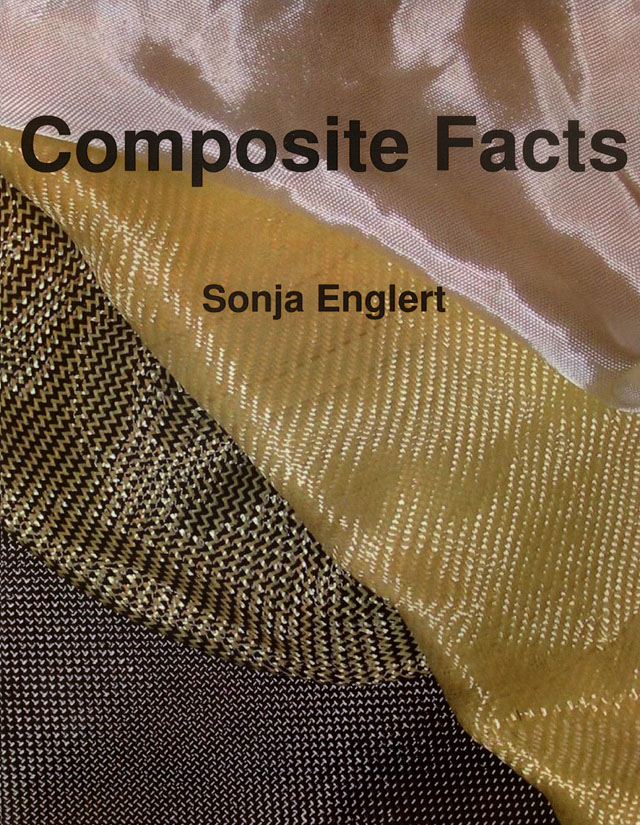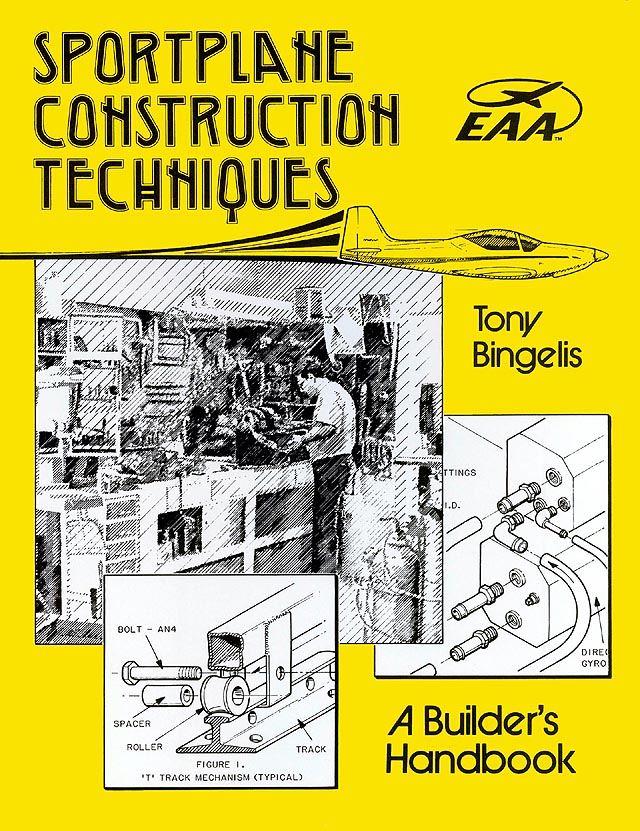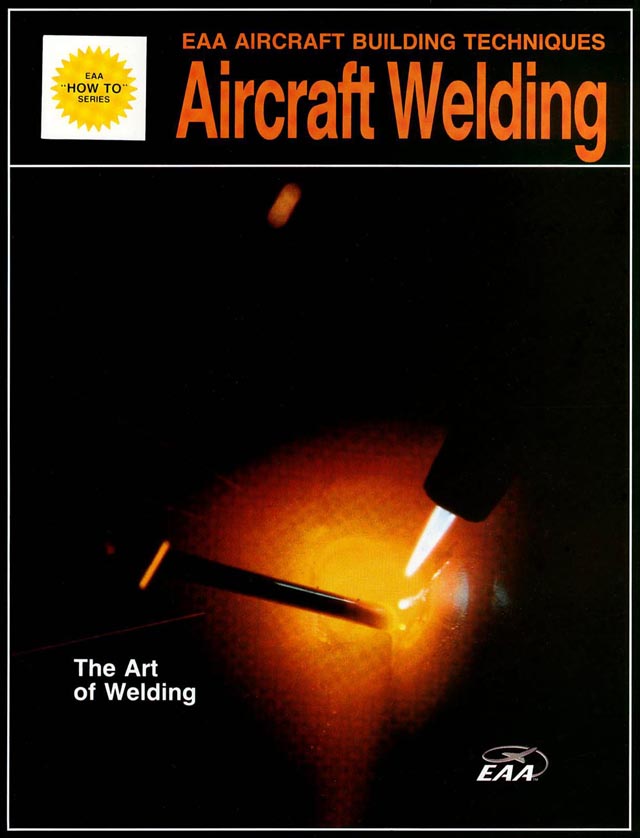Description
(Note: This book has had a slight title change for the September 2017 revision of the 2nd edition, it was previously known as the Sky Ranch Engineering Manual.)
This book is a valuable resource to help aircraft owners, pilots, and maintainers really understand the practical, dayto-day issues they face in keeping their aircraft engines airworthy, and to help them understand the processes at work… and what happens when things don’t go as they should. It is written in a straightforward, descriptive style, and covers a lot of important material that might be difficult to pick up from elsewhere. This book is good about explaining potentially difficult-to-grasp ideas in a step-by-step manner to ensure understanding, it uses an engineering approach but is aimed at the owners and maintainers of engines. It goes beyond the usual “common knowledge” into the finer details that might save your engine… or maybe even save your life. If you have a Continental or Lycoming piston engine on your plane, this book will be a valuable addition to your “bag of tricks” you can use to keep your engine happy and healthy, and will help you know how to pick up on warning signs before they turn into a big, expensive repair bill (or worse).
Written by John Schwaner, Copyright 1991, Updated September 2017. ISBN 978-1941144596. Published by Aircraft Technical Book Company (formerly published by Sacramento Sky Ranch Inc). 312 Pages, Softcover.
Chapters include:
Introduction
 How Your Engine Works How Your Engine Works
 Spark Ignition Engines Spark Ignition Engines
 Continental Engine Specifications Continental Engine Specifications
 Lycoming Engine Specifications Lycoming Engine Specifications
1. Fatigue Analysis
 Stress and Strain Stress and Strain
 Fatigue Fatigue
 Stress Flow Stress Flow
 Stress Risers Stress Risers
 Surface Finish Surface Finish
 Residual Stress Residual Stress
 Compressive Residual Stress Compressive Residual Stress
 Autofrettage Autofrettage
 Shot Peening Shot Peening
 Nitriding Nitriding
 Rolled Threads Rolled Threads
 Tensile Residual Stress Tensile Residual Stress
 Plating Plating
 Bending Bending
 Grinding Grinding
 Cold Working Cold Working
 Stress Relieving and Annealing Stress Relieving and Annealing
 Contact Fatigue Contact Fatigue
 Fretting Fatigue Fretting Fatigue
 Cracks and Fractures Cracks and Fractures
 Fatigue Cracks Fatigue Cracks
 Thermal Fatigue Fracture Thermal Fatigue Fracture
 Unexpected Sources of Fatigue Damage Unexpected Sources of Fatigue Damage
 Field Analysis of Fatigue Failure Field Analysis of Fatigue Failure
 Torsional Failures Torsional Failures
2. Engine Inspection
 The One Minute Cylinder Inspection The One Minute Cylinder Inspection
 Connecting Rod Alignment Connecting Rod Alignment
 Dirt and Abrasives Dirt and Abrasives
 Piston Scuffing Piston Scuffing
 Combustion Chamber Inspection Combustion Chamber Inspection
 Cylinder Barrel Inspection Cylinder Barrel Inspection
 Chrome Barrels Chrome Barrels
 Engine Temperature Indicators Engine Temperature Indicators
 Oil Starvation Oil Starvation
 Prop Strikes Prop Strikes
 Stuck Valves Stuck Valves
 Lycoming 0235-L2C Oil Control Ring Lycoming 0235-L2C Oil Control Ring
 Compression Test at Cylinder Installation Compression Test at Cylinder Installation
 Do Nothing Engine Parts Do Nothing Engine Parts
 Lycoming Nose Seal Leakage Lycoming Nose Seal Leakage
 Crankshaft Journal Finish – How Smooth? Crankshaft Journal Finish – How Smooth?
 Read the Bearings Read the Bearings
 Exhaust Valve Breakage Exhaust Valve Breakage
 Ring Leakage and Oil Color Ring Leakage and Oil Color
 Analysis of Engine Contaminants Analysis of Engine Contaminants
 Camshaft Follower Failure Modes Camshaft Follower Failure Modes
 Oil Analysis Oil Analysis
 Oil Filter Analysis Oil Filter Analysis
 Dirt, Silica and Silicon Dirt, Silica and Silicon
 Metal Particles – Identification Metal Particles – Identification
 Inspection of Contaminated Aircraft Oil Systems and Oil Coolers Inspection of Contaminated Aircraft Oil Systems and Oil Coolers
 Crankcase Fretting in Continental 520 Series Engines Crankcase Fretting in Continental 520 Series Engines
 Flow Porting and its Effect on Cylinder Head Cracks Flow Porting and its Effect on Cylinder Head Cracks
 Lycoming Crankcase Through-Studs Lycoming Crankcase Through-Studs
 Checking and Adjusting Dry Tappet Clearance on Lycoming Engines Checking and Adjusting Dry Tappet Clearance on Lycoming Engines
 Bearing Failure Analysis Bearing Failure Analysis
 Misalignment Misalignment
3. Engine Performance
 Engine Operation Engine Operation
 Preflight Preflight
 Engine Starting and Idle Engine Starting and Idle
 Take-off Take-off
 Climb Climb
 Cruise Cruise
 Leaning Leaning
 Descent Descent
 Taxiing and Shutdown Taxiing and Shutdown
 How Engine Design Influences Carburetor Ice How Engine Design Influences Carburetor Ice
 Pilot Instructions for Ring Seating Pilot Instructions for Ring Seating
 Specific Oil Recommendations Specific Oil Recommendations
 Specific Operating Instructions Specific Operating Instructions
 What to do if the rings don’t seat? What to do if the rings don’t seat?
 Shop Methods for Ring Seating Shop Methods for Ring Seating
 Detonation or Pre-ignition Detonation or Pre-ignition
 Ignition Properties and Spark Plug Performance Ignition Properties and Spark Plug Performance
 Full-rich Fuel Flow – Cooling vs Performance Full-rich Fuel Flow – Cooling vs Performance
 Lead Distribution in the Fuel Lead Distribution in the Fuel
 Spark Plug Thermocouple Temperatures Spark Plug Thermocouple Temperatures
 Polishing and Porting the Ports Polishing and Porting the Ports
 How Hydraulic Lifters Affect Valve Timing How Hydraulic Lifters Affect Valve Timing
 Compression Ratio Compression Ratio
 Horsepower Ratings Horsepower Ratings
 Keeping the Paint On Keeping the Paint On
 How to Alodine How to Alodine
 Painting Cylinder Cooling Fins Painting Cylinder Cooling Fins
 All Weather Spark Plug Leads All Weather Spark Plug Leads
4. Cylinder Repairs
 The Valve Seat The Valve Seat
 Dirt and Seat Width Dirt and Seat Width
 Refacing Valves Refacing Valves
 Valve Guide Alignment Valve Guide Alignment
 Continental Angle Head Rocker Arm Alignment Continental Angle Head Rocker Arm Alignment
 Continental Rocker Shaft Wear Continental Rocker Shaft Wear
 Continental Intake Guide Seals Continental Intake Guide Seals
 Cylinder Honing Cylinder Honing
 Cylinder Choke and Piston Design Cylinder Choke and Piston Design
 Chrome Plate Piston Ring Failures Chrome Plate Piston Ring Failures
 Do the Rings Rotate? Do the Rings Rotate?
 Piston Inspection Piston Inspection
 Connecting Rod Line Boring Connecting Rod Line Boring
 Color Coding of Cylinders Color Coding of Cylinders
 Lycoming Cylinders Lycoming Cylinders
 Continental Cylinders Continental Cylinders
5. Lubricants & Wear
 The Function of Engine Oils The Function of Engine Oils
 The Properties of Oil The Properties of Oil
 The Stability of the Polymer Molecule The Stability of the Polymer Molecule
 Cylinder Barrel Wear – Steel Barrel Cylinders Cylinder Barrel Wear – Steel Barrel Cylinders
 Cylinder Barrel Wear – Chrome Cylinder Barrels Cylinder Barrel Wear – Chrome Cylinder Barrels
 Intercooling Effects on Cylinder Wear Intercooling Effects on Cylinder Wear
 Greases Greases
 Ball Bearing Greases Ball Bearing Greases
 General Purpose Grease General Purpose Grease
 Laws of Friction Laws of Friction
 Friction laws applied to hydrodynamic lubricated surfaces Friction laws applied to hydrodynamic lubricated surfaces
 Friction Laws as applied to boundary lubrication Friction Laws as applied to boundary lubrication
 Oil Additive Supplements Oil Additive Supplements |
|
6. Hose Assemblies
 Age Limit on Hoses Age Limit on Hoses
 Condition Limits of Hoses Condition Limits of Hoses
 Buna-N Rubber and Toluene Buna-N Rubber and Toluene
 New Hose Fitting Flare Angle New Hose Fitting Flare Angle
 Firesleeve those Hoses Firesleeve those Hoses
 The Hose Mandrel The Hose Mandrel
 Classification of Hose Defects Classification of Hose Defects
 Identification of Defects: Identification of Defects:
 Preventing Hose Kinking in Low Pressure Engine Breather Hose Preventing Hose Kinking in Low Pressure Engine Breather Hose
7. Fasteners & Failures
 What is a Bolt? What is a Bolt?
 Stress Distribution Within the Bolt Stress Distribution Within the Bolt
 Stress Distribution Within the Nut Stress Distribution Within the Nut
 Stress Distribution Within the Stud Stress Distribution Within the Stud
 Equalizing Stress Distribution Equalizing Stress Distribution
 Paint and Broken Cylinder Studs Paint and Broken Cylinder Studs
 Torque Accuracy Torque Accuracy
 Lycoming Stretch-Style Connecting Rod Bolts Lycoming Stretch-Style Connecting Rod Bolts
 Torque Failure Analysis Torque Failure Analysis
 Fatigue Failure of Bolts and Studs Fatigue Failure of Bolts and Studs
8. Calibration
 Calibration Calibration
 What Needs to be Calibrated? What Needs to be Calibrated?
 What Does not need Calibration? What Does not need Calibration?
 Calibration Interval Calibration Interval
 Calibration Reports Calibration Reports
 Notification of Out of Tolerance Notification of Out of Tolerance
 Labeling of Equipment Labeling of Equipment
 Traceability Traceability
9. Troubleshooting
 Alternator belt comes off (Continental) Alternator belt comes off (Continental)
 Blown or leaky nose seal Blown or leaky nose seal
 Cannot reach critical altitude Cannot reach critical altitude
 Can’t get fuel flow at full throttle – lean Can’t get fuel flow at full throttle – lean
 Cockpit fuel flow differential on Twin-engine planes Cockpit fuel flow differential on Twin-engine planes
 Decrease in EGT for all cylinders Decrease in EGT for all cylinders
 Decrease in EGT for one cylinder Decrease in EGT for one cylinder
 Engine won’t idle unless boost pump off Engine won’t idle unless boost pump off
 Engine surges Engine surges
 Engine Kicks back on start Engine Kicks back on start
 Engine shudder Engine shudder
 Excessive rpm drop on left magneto Excessive rpm drop on left magneto
 Excessive magneto drop when checking magnetos Excessive magneto drop when checking magnetos
 Failure to change pitch or rpm Failure to change pitch or rpm
 Failure to feather Failure to feather
 Fuel dripping out of carburetor Fuel dripping out of carburetor
 Fluctuating Rpm Fluctuating Rpm
 Hard Starting Hard Starting
 High oil pressure High oil pressure
 High oil temperature High oil temperature
 High manifold pressure at idle High manifold pressure at idle
 High EGT on one cylinder High EGT on one cylinder
 High indicated fuel flow High indicated fuel flow
 High oil consumption High oil consumption
 High Cylinder temperature High Cylinder temperature
 Low fuel flow Low fuel flow
 Loss of power going to altitude Loss of power going to altitude
 Low oil pressure Low oil pressure
 Low Power Low Power
 Oil in Combustion Chamber Oil in Combustion Chamber
 Oil out engine breather Oil out engine breather
 Oil turns black Oil turns black
 Poor idle cut-off Poor idle cut-off
 Poor acceleration Poor acceleration
 Poor mixture adjustment response Poor mixture adjustment response
 Propeller surging Propeller surging
 Rough engine Rough engine
 Rough Idle Rough Idle
 Sluggish start Sluggish start
 Split manifold pressure (twin engine) Split manifold pressure (twin engine)
 Maximum static rpm too low Maximum static rpm too low
 Starter ring gear damaged (Lycoming) Starter ring gear damaged (Lycoming)
 Throttle or mixture control hot Throttle or mixture control hot
 Unstable manifold pressure gauge Unstable manifold pressure gauge
 White smoke exhaust White smoke exhaust
 EGT TROUBLESHOOTING GUIDE EGT TROUBLESHOOTING GUIDE
 75°F-100°F EGT rise for one cylinder 75°F-100°F EGT rise for one cylinder
 75°F-100°F EGT rise for all cylinders 75°F-100°F EGT rise for all cylinders
 Increase in EGT after maintenance Increase in EGT after maintenance
 Decrease in EGT after maintenance Decrease in EGT after maintenance
 Sudden loss of peak EGT Sudden loss of peak EGT
 Slow rise in EGT of one cylinder Slow rise in EGT of one cylinder
 Decrease in peak, increase in CHT Decrease in peak, increase in CHT
 Sudden, maximum rise in CHT, decrease in EGT Sudden, maximum rise in CHT, decrease in EGT
 Fluctuating EGT Fluctuating EGT
 RSA Fuel Injector Functional Description RSA Fuel Injector Functional Description
 RSA Fuel Injector Troubleshooting RSA Fuel Injector Troubleshooting
 The Marvel Schebler Carburetor Idle Circuit The Marvel Schebler Carburetor Idle Circuit
 The Function of Air-bleed Holes The Function of Air-bleed Holes
 Lycoming Turbocharger Controllers Lycoming Turbocharger Controllers
 Density controller and differential pressure controller system Density controller and differential pressure controller system
 Density controller system Density controller system
 A few thoughts on troubleshooting A few thoughts on troubleshooting
10. Performance Limits
 Fits and Limits Fits and Limits
 Does it wear larger or smaller? Does it wear larger or smaller?
 New limits? New limits?
 Displacement Displacement
 Horsepower Horsepower
 BMEP BMEP
 Propeller Load Curve Propeller Load Curve
 Power Curve Construction Power Curve Construction
11. Forces, Vibrations and Balance
 Rotating Balance – rotational motion Rotating Balance – rotational motion
 Reciprocating Balance – translational motion Reciprocating Balance – translational motion
 Reciprocating Force Analysis Reciprocating Force Analysis
 Torsional Balance Torsional Balance
 Balancing the Oil Film Balancing the Oil Film
 Torsional Effects Torsional Effects
 Connecting Rod Balance Connecting Rod Balance
 Vibration Isolation Vibration Isolation
 Gyroscopic couples Gyroscopic couples
 Summary Summary
12. Lycoming Engine Specification
13. Lycoming Connecting Rods
14. Glossary
Index |





Reviews
There are no reviews yet.